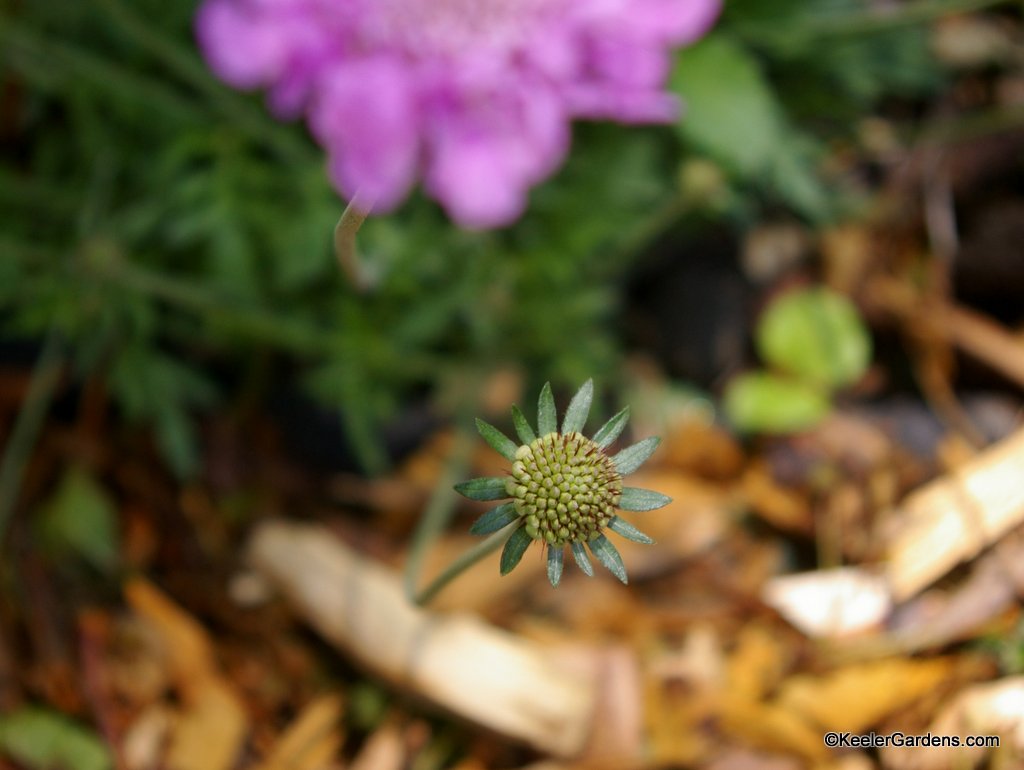More on Biophilia

References
We are very excited to share with you some compelling research focusing on the benefits of having a connection with nature and the value of nature in our lives. The links provided with each reference will take you to an abstract or allow you to view or download the entire paper.
Some of these documents are scientific studies and others are compilations. Browse through and if you have any questions please contact us and we will happily discuss any of the topics.
And thank you for your interest in biophilia and Keeler Gardens.
Berman, M. G., Jonides, J., & Kaplan, S. (2008). The cognitive benefits of interacting with nature. Psychological Science, 19(12), 1207–1212. http://sites.lsa.umich.edu/jonides-lab/wp-content/uploads/sites/439/2016/10/2008_2.pdf
Browning, W., Ryan, C., & Clancy, J. (2014). 14 patterns of Biophilic design. Retrieved from https://www.terrapinbrightgreen.com/reports/14-patterns/
Clay, R. A. (2001). Green is good for you. American Psychological Association, 32(4), 40. Retrieved from http://www.apa.org/monitor/apr01/greengood.aspx
Franklin, D. (2012, March 1). How hospital gardens help patients heal. Retrieved November 1, 2016, from Scientific American, https://www.scientificamerican.com/article/nature-that-nurtures/
Friedmann, PhD, E., Katcher, MD, A. H., Lynch, PhD, J. J., & Thomas, RN, PhD, S. A. (1980). Animal companions and one-year survival of patients after discharge from a coronary care unit. Public Health Reports, 95(4), 307–312. Retrieved from https://www.ncbi.nlm.nih.gov/pmc/articles/PMC1422527/pdf/pubhealthrep00128-0003.pdf
Hidalgo, A. K. (Ed.). (2014, October). Biophilic Design, Restorative Environments and Well-Being. . Retrieved from https://www.researchgate.net/publication/275961124_Biophilic_Design_Restorative_Environments_and_Well-Being
Kellert, S. R. (2005). Building for life designing and understanding the human-nature connection. Retrieved from http://www.childrenandnature.org/uploads/Kellert_BuildingforLife.pdf
Kellert, S. R., & Calabrese, E. F. (2015). The Practice of Biophilic Design Retrieved from https://app.refme.com/home#/project/4199013
Marcus, MA, MCP, C. C., & Barnes, MLA, LCSW, M. (1995). GARDENS IN HEALTHCARE FACILITIES: USES, THERAPEUTIC BENEFITS, AND DESIGN RECOMMENDATIONS. Retrieved from https://www.healthdesign.org/sites/default/files/Gardens%20in%20HC%20Facility%20Visits.pdf
Strife, S., & Downey, L. (2009). Childhood development and access to nature. Organization & Environment, 22(1), 99–122. Retrieved from https://www.ncbi.nlm.nih.gov/pmc/articles/PMC3162362/
Taylor, A. F., & Kuo, F. E. (2006). Is contact with nature important for healthy child development? State of the evidence. In Children and Their Environments (pp. 124–140). Retrieved from http://faculty.une.edu/cas/szeeman/GK-12/articles/FaberTaylorKuo2006.pdf
Ulrich, R. S. (1984). View through a window may influence recovery from surgery. Retrieved from http://humanspaces.com/wp-content/uploads/2014/10/View-Through-a-Window.pdfhttps://mdc.mo.gov/sites/default/files/resources/2012/10/ulrich.pdf
Ulrich, R., Quan, X., Zimring, C., Joseph, A., & Choudhary, R. (2004). The role of the physical environment in the hospital of the 21 st century: A once-in-a-lifetime opportunity. Retrieved from https://www.healthdesign.org/sites/default/files/Role%20Physical%20Environ%20in%20the%2021st%20Century%20Hospital_0.pdf
